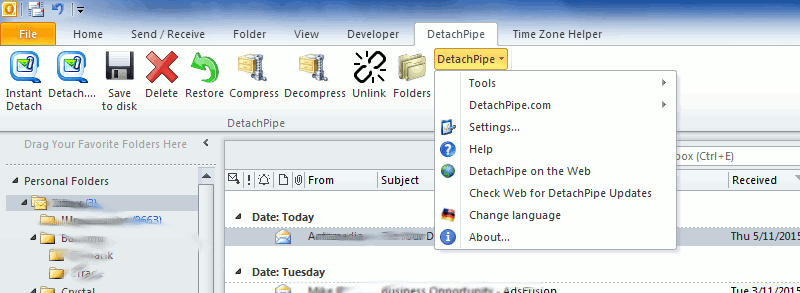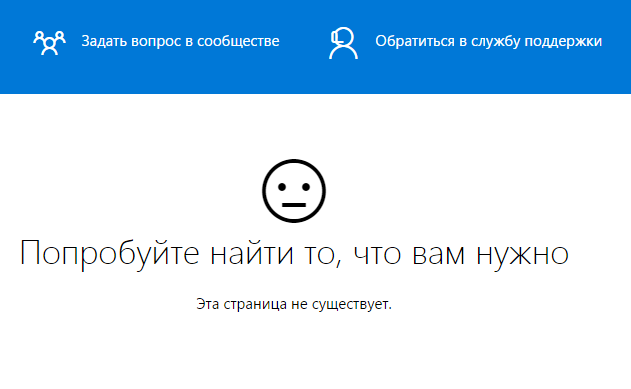

Is deleted in the directory that is being watched. Deleted - This event is fired when a file.This will cause exceptions to be thrown if you have The Created event can be fired before the process that created the file To use this event to move the file that was created, you must write someĮrror handling in your event handler that can handle situations where theįile is currently in use by another process. Is created in the directory that is being monitored. Created - This event is fired when a file.Other properties of the file changing as the file is saved. Only one change to the content of the file has occurred.

Important to note that this event may be fired multiple times, even when Has been modified in the directory thatis being monitored. Changed - This event is fired when a file.Working with high-traffic or large directories. To be notified only when TXT files are modified/created/deleted, we would set IncludeSubDirectories - This property indicates whether or not the FileSystemWatcher should monitor subdirectories for changes.įilter the changes for certain file types.For example, if we set this property to “C:\Temp\”, allĬhanges in that directory would be monitored. Path - This property tells the FileSystemWatcher which path it needs to.Take advantage of FileSystemWatcher: Properties: If it is set to true, the events will be fired.īelow are several other important properties/events that you will use as you If EnableRaisingEvents is set to false, the object will Not the object will fire events when it receives a change notification. Important property of this object is the “ EnableRaisingEvents” property. The FileSystemWatcher basicsĪre a few basic properties and events you need to familiarize yourself with before working with the FileSystemWatcher object. You’re not constantly polling the directory for changes, and there is no time Notification of changes allows your system to work much more efficiently since This allows your program to know when a new file isĪvailable almost immediately after the file is created. When a file is created, updated, or deleted, the FileSystemWatcher fires an event to notify you that aĬhange has occurred. The FileSystemWatcher object does the work of monitoringĪ directory for you. Withįramework, Microsoft has provided developers with an alternative to constantly polling aĭirectory for new files–the FileSystemWatcher object. This type of functionality is accomplished by “polling” the directoryĪnd enumerating any new files that have been created since the last poll. Pick up the file, parse it, and insert it into the database. In this instance, a program must monitorĪ directory for newly created files. This article is also available as a TechRepublic download, which includes a complete Visual Studio 2005 project file with example code.Īre many instances that require systems to perform certain tasks when files orĭirectories are created or modified.
FILEWATCHER HTTP HOW TO
Zach Smith explains how to use the FileSystemWatcher object and demonstrates it in a sample application. This object allows you to be notified when certain events occur in a directory, such as file creation, deletion, or modification. NET Framework class library is the System.IO.FileSystemWatcher. One of the more interesting objects included in the Microsoft. NET FileSystemWatcher object to monitor directory changes in C# ** change this as appropriate for your file system structure.Use the. Once this class is run, any new files created in the directory will result in the log line in the run method of MyWatchQueueReader being executed. You can watch for other events, take a look at StandardWatchEventKinds We then create a watching service, that we will use to listen for changes and finally we register our path (directory) with the watcher for files that are created.
FILEWATCHER HTTP CODE
In the code below, first we use the new file system support class Paths to get a Path object that represents our particular directory. Finally, after years of native solutions, it is now possible to listen for file changes without resorting to OS specific solutions. In this article I show how to watch files and directories for additions/changes/deletions using the new file system support in Java 7.


 0 kommentar(er)
0 kommentar(er)
